This article was co-authored by Robert Dhir, MD. Dr. Robert Dhir is a board certified Urologist, Urological Surgeon, and the Founder of HTX Urology in Houston, Texas. With over 10 years of experience, Dr. Dhir’s expertise includes minimally-invasive treatments for enlarged prostate (UroLift), kidney stone disease, surgical management of urological cancers, and men’s health (erectile dysfunction, low testosterone, and infertility). His practice has been named a Center of Excellence for the UroLift procedure, and is a pioneer in non-surgical procedures for ED using his patented Wave Therapy. He earned his undergraduate and medical degrees from Georgetown University and was awarded honors in pre-medical studies, urology, orthopedics, and ophthalmology. Dr. Dhir served as chief resident during his urological surgical residency at University of Texas at Houston / MD Anderson Cancer Center in addition to completing his internship in general surgery. Dr. Dhir was voted Top Doctor in Urology for 2018 to 2019, one of the top three Best Rated Urologists in 2019 & 2020 for Houston Texas, and Texas Monthly has named him to the 2019 & 2020 Texas Super Doctors Rising Stars list.
There are 15 references cited in this article, which can be found at the bottom of the page.
This article has been viewed 23,906 times.
Urinary tract infections, or UTIs, are common in older adults, especially in elderly women. Fortunately, there are ways to reduce the risk of developing one. Good hydration and personal hygiene are vital to UTI prevention. Additionally, remedies and medications, such as cranberry juice, probiotics, and estrogen therapy, might discourage harmful bacterial growth. Catheters increase the risk of infection, so proper management is essential for older adults who use them.[1] If you are a caretaker for an elderly person, make sure their health and hygiene needs are being met to minimize the risk of UTIs.
Steps
Staying Hydrated
-
1Drink about 64 fluid ounces (1.9 L) of water per day. Staying hydrated promotes regular urination, which flushes bacteria from the urinary tract. Drinking plenty of fluids also improves kidney function and reduces the risk of kidney stones.[2]
- In addition to being painful, kidney stones can block or irritate the urinary tract and cause UTIs.[3]
- A glass of water is 8 fluid ounces (240 mL); try to drink around 8 glasses per day.
-
2Drink at least 1 glass of cranberry juice daily. Cranberry juice contains a substance that might prevent bacteria from building up in the urinary tract. While there’s limited scientific evidence that cranberry juice actually prevents UTIs, you can still try drinking 1 to 3 glasses per day.[4]
- A glass is 8 fluid ounces (240 mL).
Advertisement -
3Avoid drinking caffeine and alcohol. Caffeine and alcohol irritate the bladder and urinary tract. They also have dehydrating effects, so cut down your consumption if necessary.[5]
- Food and beverages that contain caffeine include coffee, non-herbal teas, soft drinks, energy drinks, and chocolate.
Preventing UTIs in Elderly Women
-
1Wipe from front to back after using the toilet. If you’re a woman, keeping residue from the anus away from the urethra is vital to UTI prevention. When cleaning yourself, wipe away from the urethra, or where urine comes out. Fold the paper or cloth to a clean section before wiping again.[6]
-
2Take showers instead of baths, if possible. Baths can allow water to enter the vagina and urethra, which encourages germs to spread. If you’re physically able, take showers instead of baths.[7]
- A shower seat and handheld shower head can make it easier to shower if you have mobility issues.
-
3Change your undergarments and incontinence pads or briefs often. Wear loose, breathable undergarments, and change them at least once daily or whenever they’re soiled. If you wear adult diapers or incontinence pads, change them whenever they’re soiled.[8]
-
4Ask your doctor about estrogen replacement therapy. Estrogen levels decrease after menopause, which leads to changes that make the vagina more hospitable for harmful bacteria. An estrogen cream might help, but you should ask your doctor if it’s the right solution for you.[9]
-
5Try probiotic vaginal suppositories. Vaginal suppositories of Lactobacillus crispatus can help repopulate the vagina with "good" bacteria that don't cause UTIs. This can discourage the growth of harmful germs. Probiotic supplements are available at pharmacies and online, but you should consult your doctor before trying one.[12]
- A typical regimen involves taking a suppository once weekly.
-
6Be sure to completely empty your bladder. Try to urinate about every 2 hours if you're prone to urinary tract infections. If you're not sure you're emptying your bladder completely, try double-voiding. To do this, urinate as you normally would, stand up like you're finished, then sit down and try to urinate again.[13]
-
7Urinate after sex if you’re sexually active. Young and elderly women alike should urinate after sexual contact. This helps flush bacteria from the urethra and reduces the risk of infection.[14]
- You should also drink more fluids before having sex. Drink 1 to 2 more glasses of water on days you plan on having sex to promote urination and flush your urinary tract.
- If you can, take a shower immediately after sex, as well.
Preventing UTIs in Elderly Men
-
1Urinate regularly and avoid holding it when you have to go. If you don't wear adult diapers or use a catheter, focus on urinating regularly to flush your urinary tract. Additionally, do your best to use the toilet whenever you feel the urge instead of holding it.[15]
- The main causes of UTIs in older men are blockages (such as kidney stones), prostate issues, and catheter use. Staying hydrated and urinating regularly can help flush the urinary tract and prevent blockages.
-
2Discuss your prostate and kidney health with your doctor. In older men, UTIs are usually associated with kidney or prostate issues. If you develop an infection, your doctor should test your kidney function, check for prostate enlargement or infection, and look for other underlying conditions.[16]
- Your doctor might recommend medication to manage any underlying issues.
- To diagnose the problem, your doctor may recommend a cytoscopy, where they insert a scope into your bladder.[17]
-
3Change your incontinence garments often, if you wear them. Soiled undergarments can lead to UTIs, so change adult diapers or briefs whenever they're dirty. While the risk of infection due to incontinence garments is higher in women, soiled diapers or briefs can still cause infections, sores, and other problems in elderly men.[18]
Managing a Catheter
-
1Talk to your doctor about minimizing catheter use. Catheters are used for a variety of conditions, so ask your doctor if there are any alternatives available for your specific medical issue. Sometimes, long-term catheter use is necessary and there are no alternatives. If this is the case, proper care and cleaning of your catheter can help prevent UTIs.[19]
- Long-term catheter use greatly increases the risk of recurrent UTIs.
-
2Clean your catheter twice daily if you have one. Wash your hands and wet a clean washcloth with soap and warm water. Hold the catheter tube and carefully wash the end near your vagina or penis. Take care not to tug it as you slowly clean down the tube away from your body, then dry it with a clean cloth.[20]
- Always wash the catheter away from your body. Cleaning it from the bottom toward your body increases the risk of infection.
- Wash your hands again when you’re finished.
-
3Clean the skin around your catheter at least once a day. Wash your hands, wet a clean washcloth with soap and warm water, then gently wipe the area where the catheter enters your urethra. If you’re a woman, wipe away from the urethra from front to back. If you’re a man, wipe from the tip of the penis down the shaft.[21]
- Continue to wipe your groin area with the soapy cloth. Rinse the soap away with a stream of water or wet washcloth, then dry yourself thoroughly with a clean cloth.
- Wash your hands again when you’re finished.
-
4Empty the bag every 8 hours or whenever it’s half-full. Open the bag’s spout or clamp and pour the contents into a toilet or the receptacle your doctor or nurse provided. Clean the spout with a cotton ball or swab soaked in rubbing alcohol, close the spout, then attach the bag to your leg fastener.[22]
- Keep the bag below your waist at all times.
- Be aware of the tube’s position as you pour, and make sure it doesn’t twist or tug.
- Take care not to get urine on your hands as you pour.
- Wash your hands after draining the bag.
-
5Keep the catheter bag lower than your waist at all times. Attach the drainage bag to a leg fastener, and never hold it above your waist when you’re emptying or cleaning it. Holding it above your bladder level can cause urine to re-enter your urinary tract.[23]
Caring for Elderly Patients
-
1Ensure your patient or loved one stays hydrated. If your patient or loved one has a memory or cognitive impairment, you’ll need to closely monitor their fluid intake. Make sure they drink 6 to 8 glasses of water or juice per day.
- Try to be patient if they don’t want to drink water when you offer it. If they refuse, try again in 15 or 20 minutes. Offer different kinds of juice and other hydrating beverages, and try to find which options they enjoy most.
- Offer a daily 8 fluid ounces (240 mL) glass of cranberry juice, which may also help prevent UTIs. If your patient or loved one doesn’t like cranberry juice, try variations, such as cranberry apple.
-
2Offer prompt assistance if they have to use the toilet. If your patient or loved one says that they need to go to the bathroom, help them go immediately. Holding a full bladder can cause a UTI.[24]
-
3Check adult diapers or briefs at least every 2 hours. Check every 2 hours at a minimum or more frequently if you consistently find that undergarments need to be changed. Change them promptly if they’re soiled. Never let your patient or loved one sit in a soiled diaper or briefs for an extended period of time.[25]
-
4Clean your patient or loved one after they use the bathroom. After helping them use the toilet or when you change their incontinence garment, wipe their private area with a clean washcloth soaked with soap and warm water. Wipe from front to back if they’re a woman, and from the tip of the penis down if they’re a man. Rinse or wipe away soap residue, then dry the area thoroughly when you’re finished.[26]
- Wash your hands before and after cleaning your patient or loved one.
Recognizing the Signs and Symptoms of a UTI
-
1Watch for pain and urgency during urination. Pain during urination and a need to go frequently and urgently are the main early signs of a UTI. If you notice these symptoms in yourself or someone in your care, schedule an appointment with a health care provider right away.[27]
- You may feel the urgent need to urinate, but only pass a very small amount.
-
2Look for cloudy or discolored urine. Urine may appear cloudy, pink, red, or dark brown with a UTI. If you notice that your urine, or the urine of someone in your care, has an unusual appearance, schedule a visit with a healthcare provider.[28]
- If you are using a catheter, hold the bag up to the light to check if it is clear. If you see cloudy residue, this may be a sign of a urinary tract infection in its early stages.
-
3Note any unusual urinary odors. If you have a UTI, your urine may smell strong or unpleasant. See a doctor if you notice that your urine smells bad, particularly if the smell is accompanied by other symptoms of infection (such as pain during urination or discolored urine).[29]
- Some foods, like asparagus, can also affect the odor of your urine.
-
4Pay attention to pelvic pain in women. For women, a UTI may cause pain in the center of the pelvis, in the area of the pubic bone. Pelvic pain can also be a sign of some other serious condition. Schedule an appointment with your doctor if you or someone in your care experiences pelvic pain.[30]
-
5Check for other early signs of a UTI. UTIs in their early stages may cause a variety of other symptoms in the elderly, some of which may mimic other conditions.[31] Schedule an appointment with a health care provider if you notice:
- Confusion.
- Light-headedness.
- Pale skin.
- A low-grade fever. For someone using a catheter, do a daily temperature check to catch any signs of infection early.
References
- ↑ https://www.ncbi.nlm.nih.gov/pmc/articles/PMC3878051/
- ↑ https://www.aarp.org/health/drugs-supplements/info-10-2011/ask-the-pharmacist-UTI-drug-toxicity.html
- ↑ https://www.nhs.uk/conditions/urinary-tract-infections-utis/
- ↑ https://www.ncbi.nlm.nih.gov/pmc/articles/PMC3878051/
- ↑ https://www.agingcare.com/articles/urinary-tract-infections-elderly-146026.htm
- ↑ https://www.nhs.uk/conditions/urinary-tract-infections-utis/
- ↑ https://www.nhs.uk/conditions/urinary-tract-infections-utis/
- ↑ http://assistedlivingtoday.com/blog/prevent-uti-elderly-women/
- ↑ https://www.ncbi.nlm.nih.gov/pmc/articles/PMC3878051/
- ↑ https://www.aafp.org/afp/2010/0915/p638.html
- ↑ Robert Dhir, MD. Board Certified Urologist & Urological Surgeon. Expert Interview. 12 October 2020.
- ↑ http://urologytimes.modernmedicine.com/urology-times/news/how-manage-recurrent-utis-postmenopausal-women?page=0,2
- ↑ Robert Dhir, MD. Board Certified Urologist & Urological Surgeon. Expert Interview. 12 October 2020.
- ↑ https://www.ncbi.nlm.nih.gov/pmc/articles/PMC4194886/
- ↑ https://www.cdc.gov/antibiotic-use/community/for-patients/common-illnesses/uti.html
- ↑ https://www.niddk.nih.gov/health-information/urologic-diseases/bladder-infection-uti-in-adults/definition-facts#develop
- ↑ Robert Dhir, MD. Board Certified Urologist & Urological Surgeon. Expert Interview. 12 October 2020.
- ↑ http://assistedlivingtoday.com/blog/prevent-uti-elderly-women/
- ↑ https://www.ncbi.nlm.nih.gov/pmc/articles/PMC3878051/
- ↑ https://medlineplus.gov/ency/patientinstructions/000140.htm
- ↑ https://medlineplus.gov/ency/patientinstructions/000140.htm
- ↑ https://medlineplus.gov/ency/patientinstructions/000142.htm
- ↑ https://medlineplus.gov/ency/article/000483.htm
- ↑ http://assistedlivingtoday.com/blog/prevent-uti-elderly-women/
- ↑ http://assistedlivingtoday.com/blog/prevent-uti-elderly-women/
- ↑ http://assistedlivingtoday.com/blog/prevent-uti-elderly-women/
- ↑ https://my.clevelandclinic.org/health/diseases/9135-urinary-tract-infections
- ↑ https://my.clevelandclinic.org/health/diseases/9135-urinary-tract-infections
- ↑ https://my.clevelandclinic.org/health/diseases/9135-urinary-tract-infections
- ↑ https://my.clevelandclinic.org/health/diseases/9135-urinary-tract-infections
- ↑ https://my.clevelandclinic.org/health/diseases/9135-urinary-tract-infections




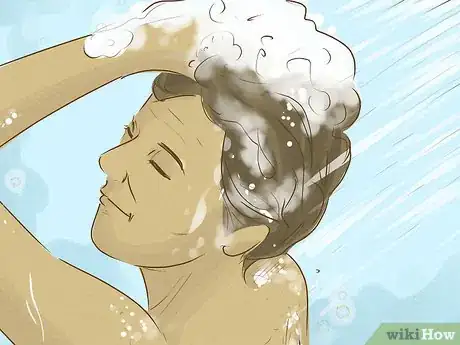
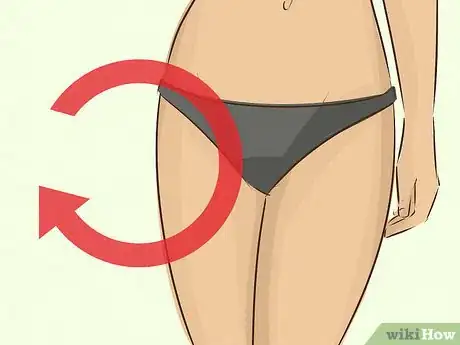



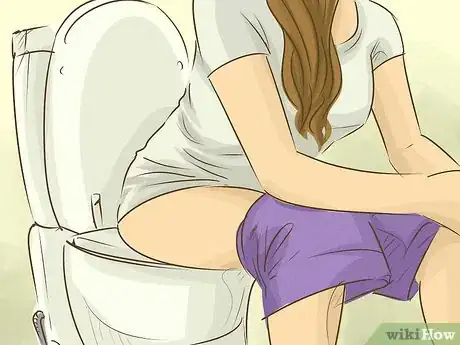


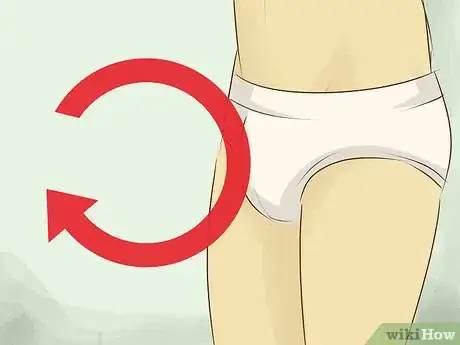
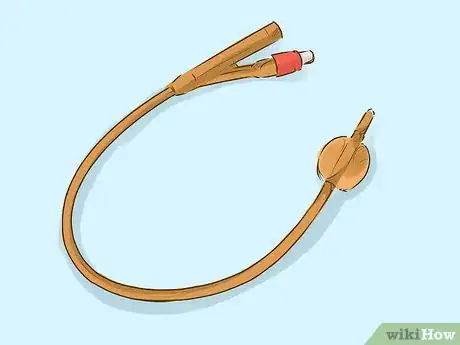
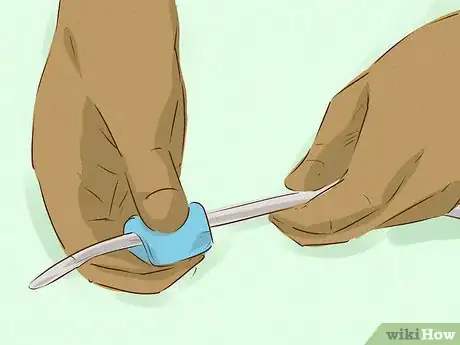
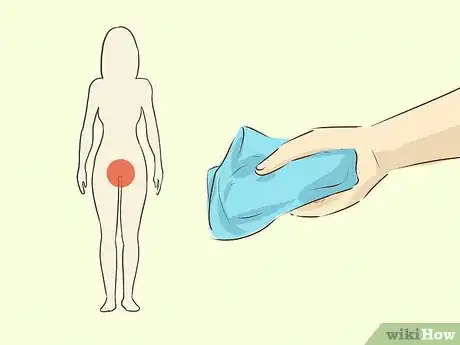
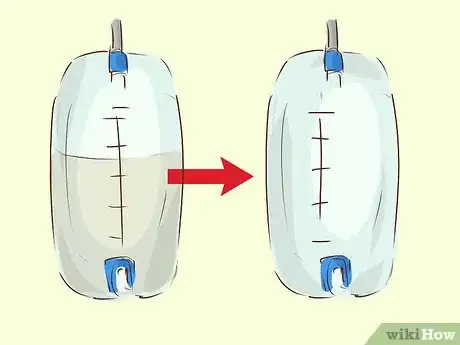
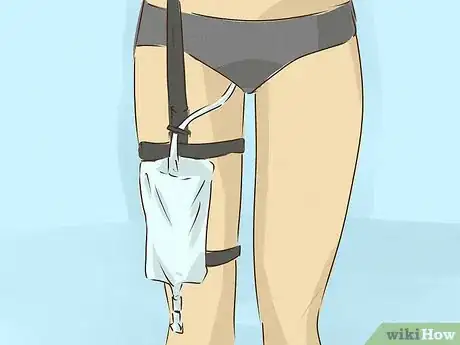


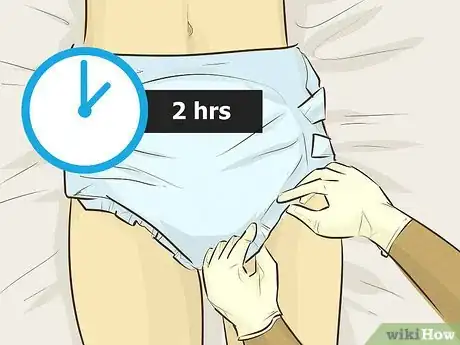
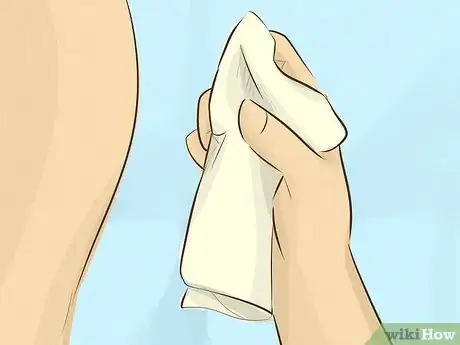
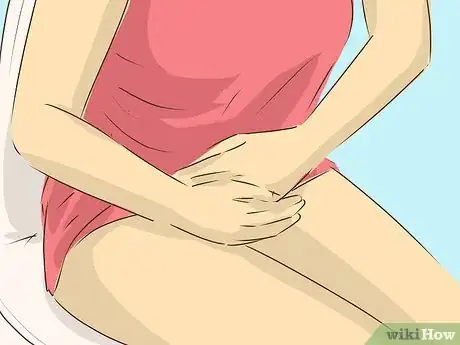

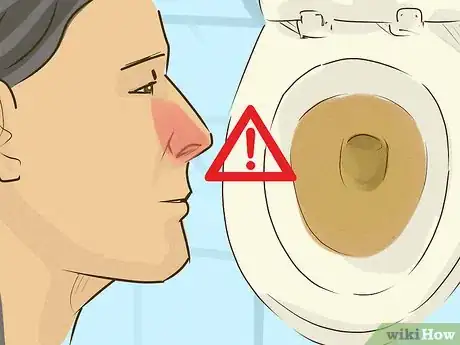
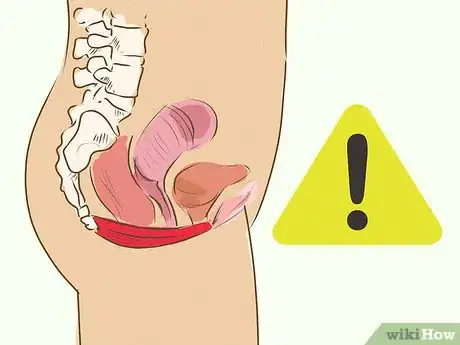
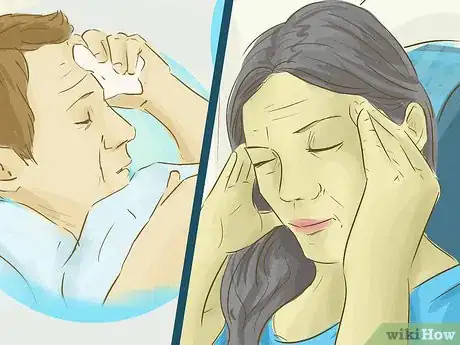
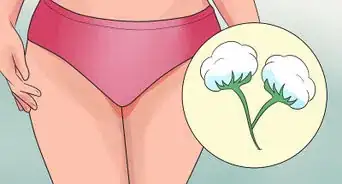

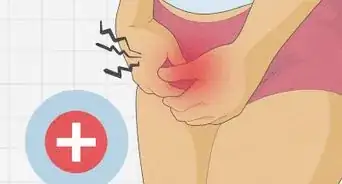

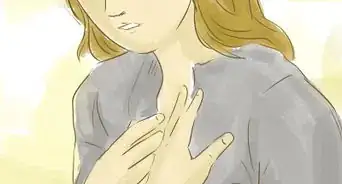



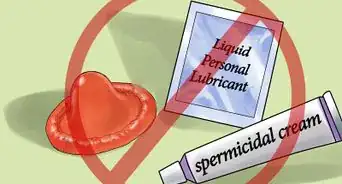
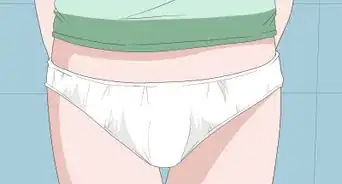
-Step-14.webp)









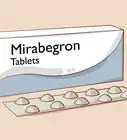
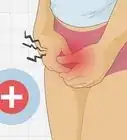




































Medical Disclaimer
The content of this article is not intended to be a substitute for professional medical advice, examination, diagnosis, or treatment. You should always contact your doctor or other qualified healthcare professional before starting, changing, or stopping any kind of health treatment.
Read More...